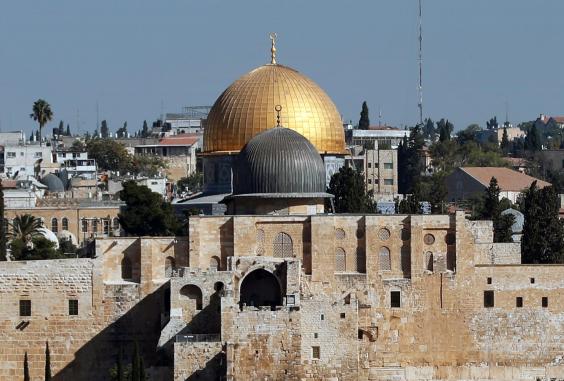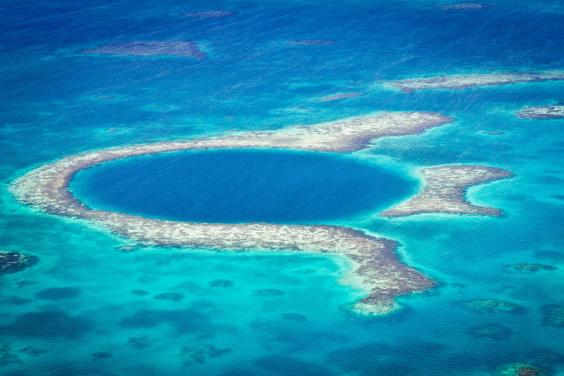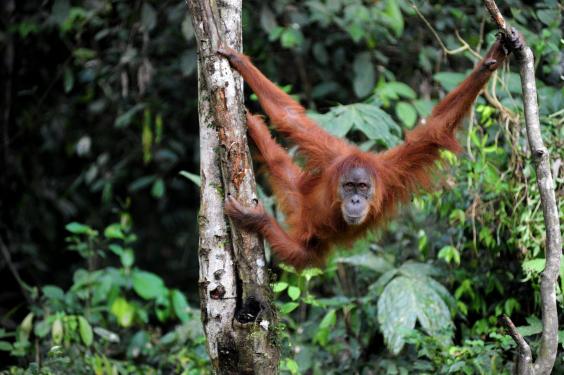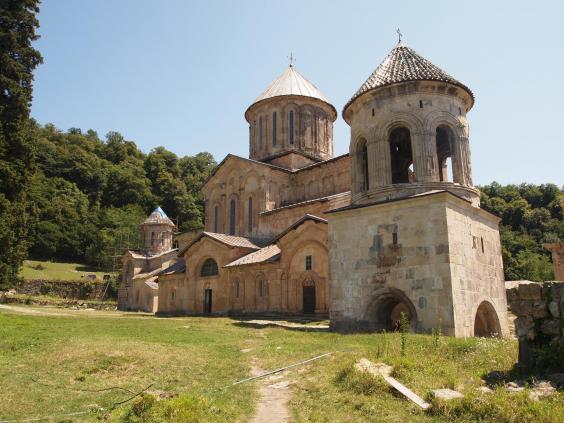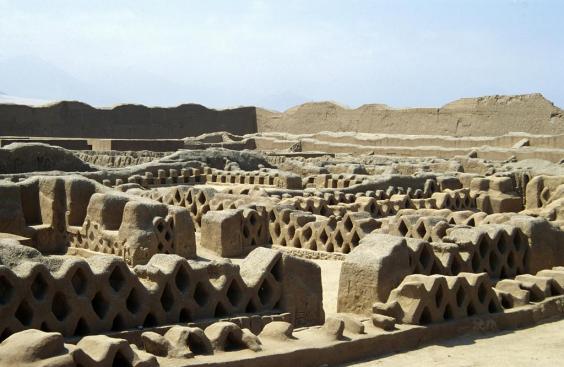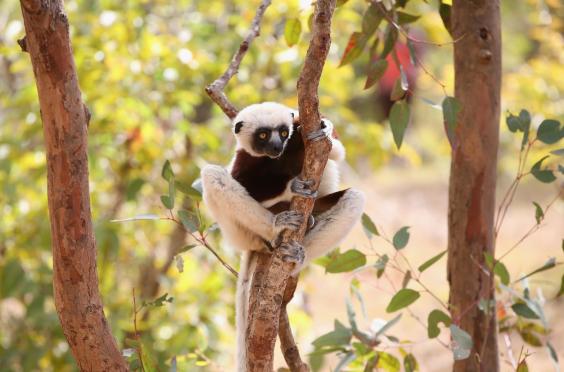Some of the planet’s greatest spots have made Unesco’s danger list of World Heritage Sites on the verge of disappearing. This article from the Independent highlights to me just how fragile our earth is and how easily and stupidly we can lose the beauty of nature all around us. Let’s PLEASE all work together to help save the world we claim is so precious to us! 😦
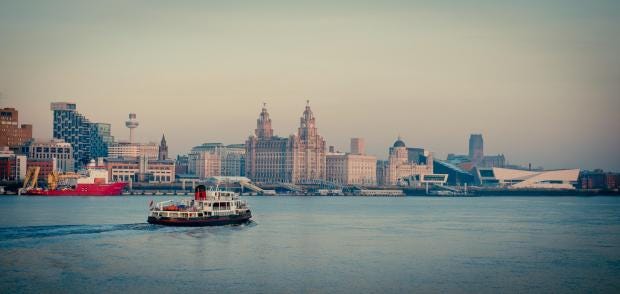
According to Unesco, parts of Liverpool are an endangered World Heritage Site (Shutterstock)
This month, we learned that Spain was facing the prospect of becoming the first European Union member state to have a natural World Heritage Site make Unesco’s “danger list”. The Doñana coastal wetlands in Andalucía – home to the endangered Iberian lynx – is said to be under threat from a mining and dredging plan, as well as 1,000 illegal wells in the area.
But it’s just one among a number of incredible sites the world over that, according to Unesco, could be lost forever. Here are just a few World Heritage Sites in Unesco’s danger zone that you might need to scrub off the bucket list.
Everglades National Park, Florida
Florida’s Everglades add some wonderfully swampy mystery to the state’s man-made draws of nightclubs and theme parks. 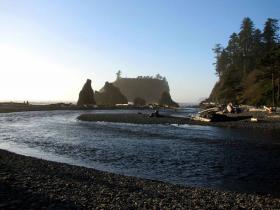 Encompassing 1.5 million acres of wetland, the Everglades are a sanctuary for rare, endangered, and threatened species including the Florida panther and the manatee. Unesco says nutrient pollution and reduced water inflows are contributing to loss of marine habitat and the decline of marine species, with vast conservation efforts now needed to stem the damage.
Encompassing 1.5 million acres of wetland, the Everglades are a sanctuary for rare, endangered, and threatened species including the Florida panther and the manatee. Unesco says nutrient pollution and reduced water inflows are contributing to loss of marine habitat and the decline of marine species, with vast conservation efforts now needed to stem the damage.
Old City of Jerusalem and its Walls
Jerusalem is a holy city for Judaism, Christianity and Islam, and the Old City hosts an incredible 220 historic monuments, including major pilgrimage sites like the Dome of the Rock (the site of Abraham’s sacrifice) and the Wailing Wall. Unesco has said it is “deeply concerned” by what it calls “the persistence of the Israeli illegal excavations” around the Old City, which it says is damaging some historic sites. Unesco has also accused Israel of obstructing some restoration projects.
Belize Barrier Reef Reserve System
Belize has plenty to show for itself – ancient Mayan ruins, top diving site the Great Blue Hole – but the latter is part of what is now an endangered system, the Belize Barrier Reef Reserve. The largest barrier reef in the northern hemisphere – think of it as the north’s answer to Australia’s Great Barrier Reef, which itself could be heading for the danger zone – it’s home to a number of threatened species, including marine turtles, manatees and the American marine crocodile.
Threats to the site include overharvesting of marine resources and proposed oil and gas exploration and exploitation. According to the World Wildlife Fund for Nature, 15 per cent of Belize’s gross domestic product comes from the reef – including about US$15 million from the commercial fishing industry and about $200 million from tourism. It suggests a more sustainable approach to managing the reef would benefit wildlife and people alike.
Abu Mena, Egypt
This Christian holy city, a significant pilgrimage site in the Middle Ages, includes a church, basilicas, public buildings, streets, monasteries, houses and workshops, which were built over the tomb of the martyr Menas of Alexandria, one of Egypt’s best-known saints. Agricultural work in the area has led to a rise in groundwater, causing the site’s buildings to collapse or become unstable, with a number of underground cavities opening up. The local authorities have been forced to fill the cavities with sand to save the buildings, including the crypt of Abu Mena, which contains the tomb of the saint.
Tropical Rainforest Heritage of Sumatra, Indonesia
Spanning 2.5 million hectares, the tropical rainforest heritage of the wild Indonesian island of Sumatra spreads across three national parks, and is a protected area home to a wide range of endangered animals and plants, including the endemic Sumatran orang-utan. The site also provides biogeographic evidence of the evolution of the island. But the extraordinary beauty of this untamed, tangled land is deemed at significant risk thanks to road development plans, alongside the illegal logging and poaching of animals – including elephants and tigers – facilitated by such road access.
Bagrati Cathedral and Gelati Monastery, Georgia
Two gems of Georgian architecture, these medieval wonders have been placed on the endangered list after a reconstruction project to restore them went against Unesco recommendations on maintaining authenticity. The ruins of 11th-century Bagrati Cathedral in Georgia’s third-largest city, Kutaisi, and the nearby Gelati Monastery, which is covered with magnificent mosaics and wall paintings, are prized for representing “the flowering of medieval architecture” in the country. Unesco says irreversible interventions at the site undermine the integrity of these priceless nuggets of history.
Chan Chan Archaeological Zone, Peru
Chan Chan was the capital of the ancient Chimu Kingdom before they fell to the Incas, and is a huge adobe settlement split into nine citadels, with temples, plazas and cemeteries still discernible. But this amazing example of earthen architecture is at risk owing to extreme environmental events, including those caused by El Niño.
Rainforests of the Atsinanana, Madagascar
An island of weird and wonderful creatures, Madagascar separated from all other land masses more than 60 million years ago, where its plant and animal life evolved in complete isolation. But Madagascar’s unique biodiversity depends on the Rainforests of the Atsinanana, which comprise six national parks. Illegal logging and hunting of the area’s endangered lemur are prime problems with the site.
Maritime Mercantile City, Liverpool
Liverpool enjoys the dubious honour of being one of only two endangered Unesco sites in Europe (the other is the medieval monuments of Kosovo). Six areas of Liverpool city centre and its docklands constitute its World Heritage listing, documenting Liverpool’s development into one of the world’s major trading centres in the 18th and 19th centuries. The city played an important role in the growth of the British Empire and became the major port for the mass movement of people. However, Unesco warns redevelopment in the area – namely, the multi-billion Liverpool Waters “mixed use” waterfront quarter – will adversely alter the site.

